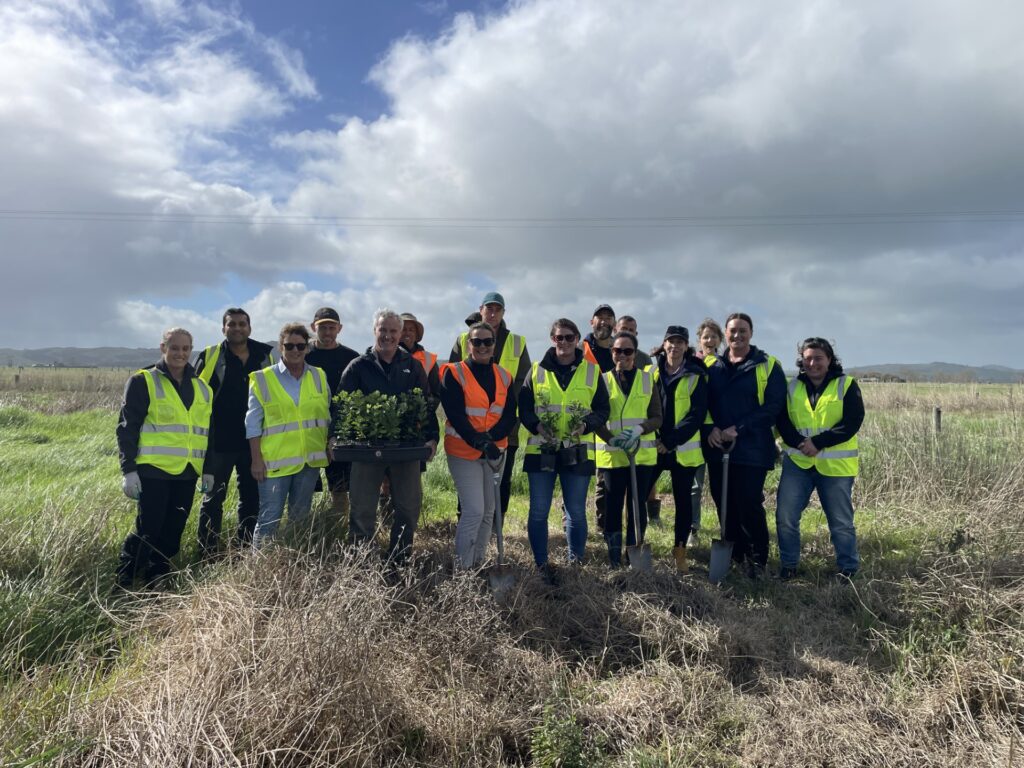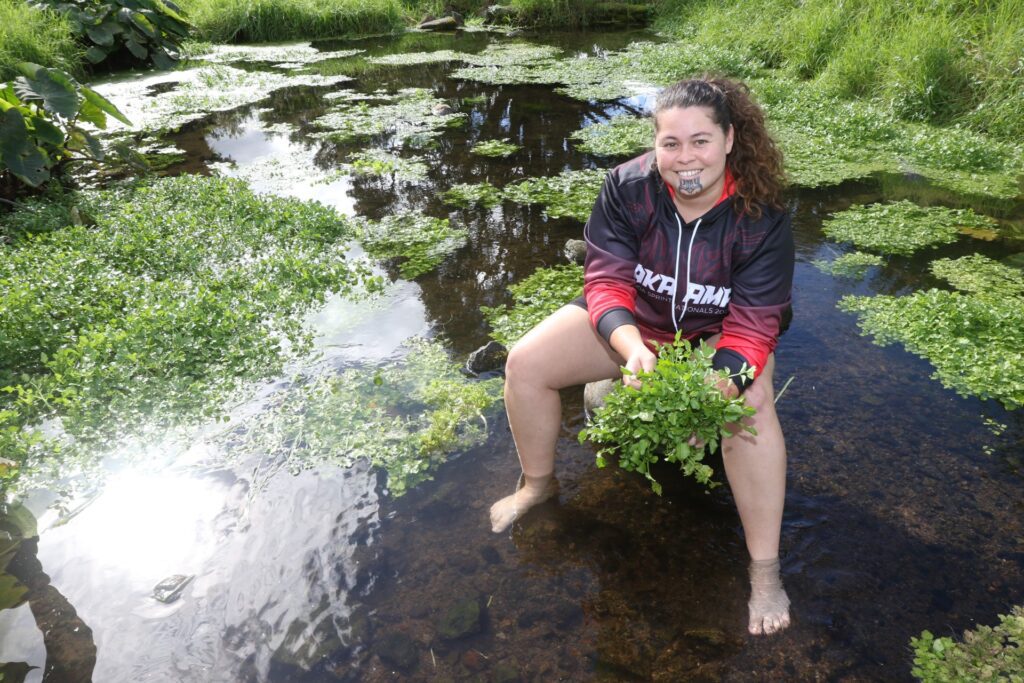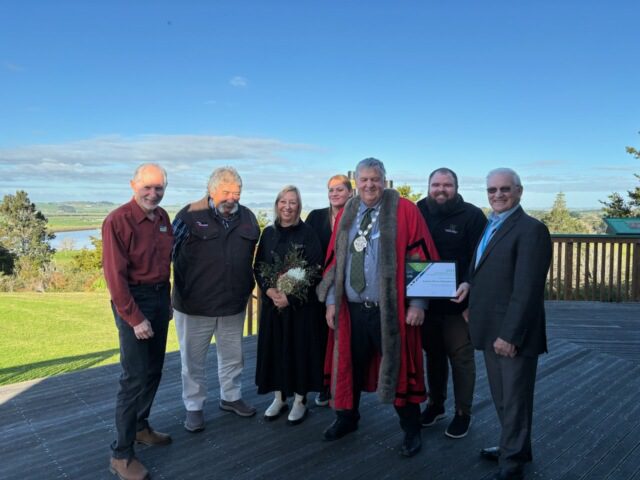

KMR backing Northland Rescue Helicopter
Photo: Northland Rescue Helicopter Chief Executive Craig Gibbons with KMR Pou Tātaki Justine Daw and Intensive Care Paramedic Sara Eivers.
The Kaipara Moana Remediation Programme has announced its inaugural sponsorship of Northland’s Rescue Helicopters.
Less than a year into its official establishment, the leader of KMR, Pou Tātaki Justine Daw says the team are thrilled to be supporting Northland’s life-saving air ambulance service.
“At KMR, we are very aware that our staff, their whānau, friends and colleagues could require the help of a Northland Rescue helicopter at any time,” says Justine.
“In fact, anyone in Northland may need that potentially life-saving help to be transported to a place of safety as quickly as possible and that’s why the Northland Rescue Helicopter is here for all of us every day and every night.
“We are working with hundreds of people throughout the Kaipara so we feel an obligation to help keep people safe by supporting the amazing work the Northland Rescue Helicopter crews do.”
Northland Rescue Helicopter Chief Executive Craig Gibbons says he is grateful for the KMR support, given the service needs to raise over $1 million annually to help fund operations.
“I am aware of the great work the KMR are doing to enhance the environment and restore the health of the Kaipara Harbour.
“We fly numerous missions to the Kaipara every year and around 1200 across Northland. We have always been well supported by the people of Kaipara so we are grateful KMR has come on board to help us. Kaipara Kumara Managing Director Ant Blundell is one of our long-standing ambassadors so we have really strong links to the District.”
“While still early days, a key to KMR’s success has been its focus on enhancing environmental and social outcomes which makes this sponsorship such a natural fit,” says Justine.
The Kaipara Moana Remediation Programme is one of New Zealand’s largest catchment restoration programmes, investing $4.67 million last year in projects to reduce sediment flowing into the Kaipara Harbour.
Not only is the Kaipara Moana important ecologically, it has deep cultural and economic significance. The harbour is home to several iwi/hapū groups, with local taonga species providing food and medicine, underpinning cultural practices and connecting people to place. The Kaipara is also the breeding ground for New Zealand’s valuable snapper fishery.
However, decades of deforestation and land use intensification have degraded the catchment. Today, less than 10% of original native forest cover and just 5% of wetlands remain, leading to a seven-fold increase in soil erosion and associated sediment washing into rivers and the harbour.
Justine says the KMR kaupapa is to invest in local people to develop and sustain meaningful, nature-based employment, and support people who whakapapa to the Kaipara and return home to work on the project.
“Over a 6,000km2 catchment, genuine partnership is key to achieving our goal of planting 20 million trees over ten years,” she says.
The target for the 2022-2023 financial year is to have more than 500,000 native plants in the ground and a further 250km of fencing completed. Millions of local native plants are being grown in 17 accredited nurseries across Kaipara in preparation for the 2023 planting season and beyond.
During its first full year of operations alone (the year ending 30 June 2020), KMR worked with 285 landowners to deliver 205 new Sediment Reduction Plans (SRPs) covering over 40,000 hectares of land. In addition, KMR landowners committed to an additional 380,000 plants and 238 kilometres of fencing – more than the distance from Whangārei to Auckland.
Latest News


Latest News and Events
Whatitiri Resource Management
